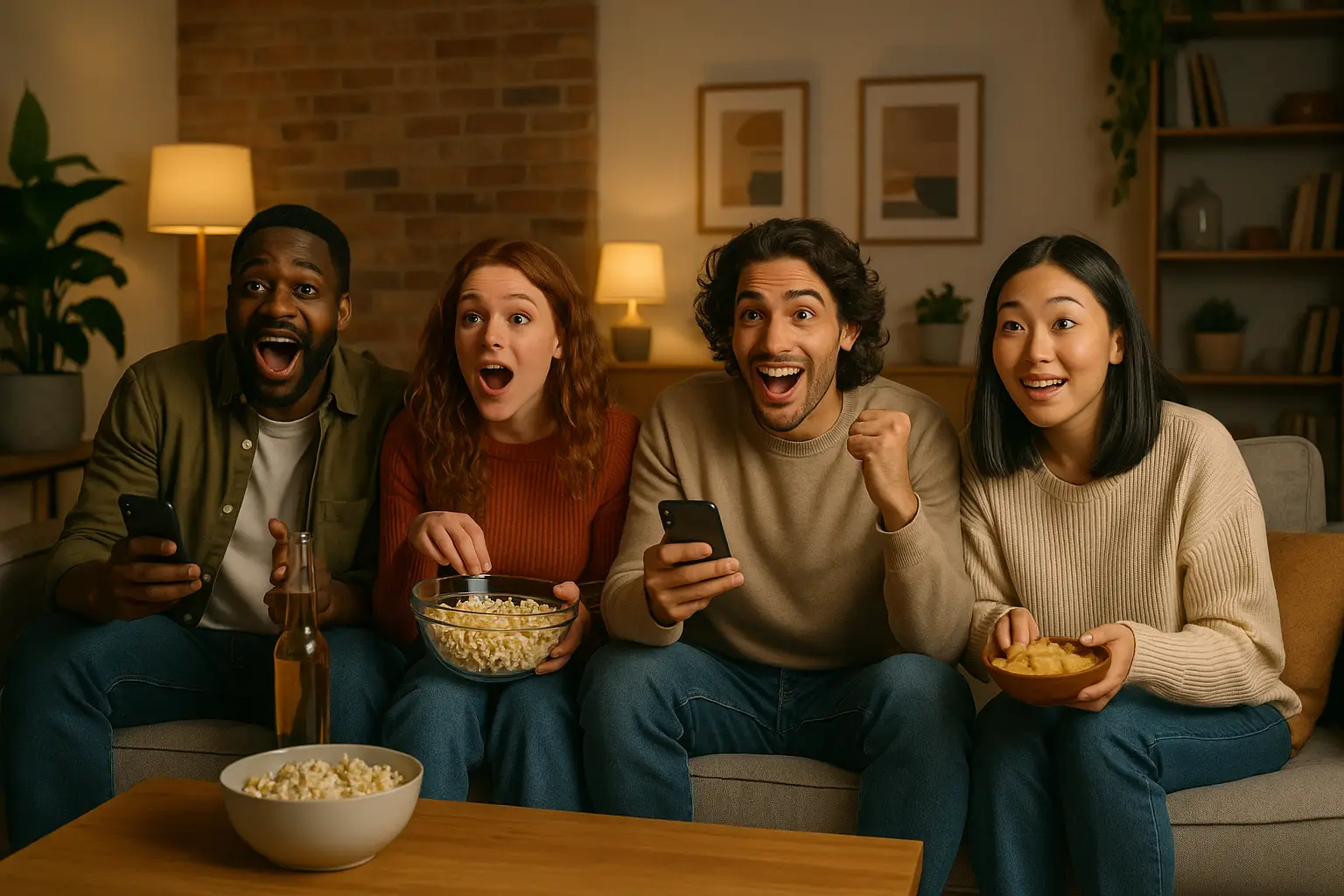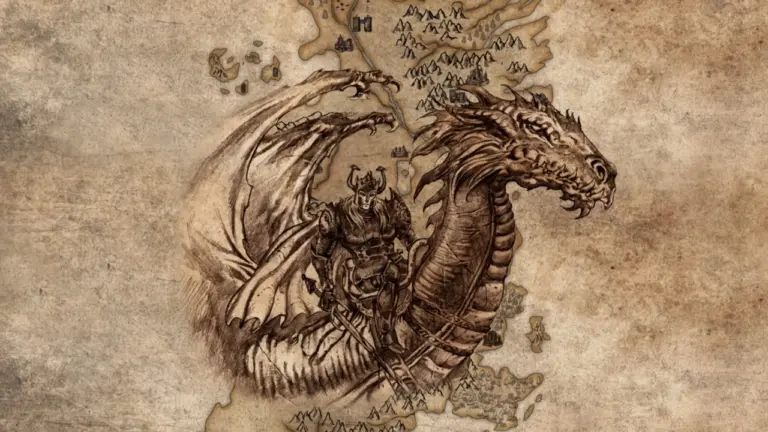Remember when weekends meant hunkering down with snacks, disappearing into an eight-episode blur, and emerging bleary-eyed after a Netflix binge? Well, it turns out, even streaming titans need to shake things up. As of summer 2025, the hottest trend isn’t another reboot or even a multiverse crossover — it’s time itself. Specifically, the humble week. Streaming platforms everywhere are rediscovering the magic of making you wait.
Bye-Bye, Binge — Hello, Patience
Not long ago, the “all at once” episode drop looked unstoppable. Netflix practically built its empire unleashing shows whole. Remember staying up way too late so no one at work could spoil “Stranger Things” on Monday? But the calendar has flipped. Both Netflix and Disney+ are now experimenting with release schedules that would make even the most nostalgic network exec nod in approval.
Want proof? Netflix still cracks open most series in a single sitting — about 68% of originals drop all at once. But here’s where things get juicy. Season three of “Reacher” kicked things off with three episodes — then the rest trickled out week by week. “Beauty in Black” played it even bolder: the first half hit in October 2024, then fans stewed until March 2025 for the rest. Talk about a lesson in delayed gratification. (fabricdata.com)
Meanwhile, over at Disney+, they’re running a full buffet of release strategies. Lately, their approach looks like one part weekly drop, one part multi-episode premiere, and a dash of split-seasons. It’s deliberate, not random. For Disney+, the goal is to keep people talking — and, honestly, keep those subscription dollars rolling in longer. (fabricdata.com)
Weekly Drops, Lasting Chatter
Let’s be honest — half the fun of a show is talking about it. Back in the day, you’d gather by the water cooler (or, okay, Discord server) to analyze last night’s twists. Binge releases killed that vibe. One person’s hero is another’s spoiler bomber. So, conversations often fizzled out fast.
But now, the weekly drop is sparking fresh energy. Case in point: shows like “The White Lotus” and “The Last of Us” transformed into Sunday rituals, spawning memes, hot takes, and wild theories for months. Viewers dread Mondays again, but for all the right reasons. (nyucommclub.com)
The numbers back it up, too. Series released weekly snatch up about 33% more engagement during their run compared to binge-style drops. Plus, the conversations stick around almost 50% longer. Everyone stays invested — you’re always either anticipating, reacting, or speculating. (latimes.com)
Reddit Loves to Linger
Speaking of speculation, nowhere does TV chatter thrive like on Reddit. Data scientists poked around r/popular and noticed something fascinating. Hot posts linked to weekly episodes don’t just collect upvotes in a rush and vanish. Instead, they hang around, racking up fresh comments and climbing higher over time. The verdict? Ongoing stories keep the online party going for a lot longer. (arxiv.org)
People post more theories, argue about the villain’s motives, and obsess over Easter eggs. Every episode drop becomes a mini-event. Social platforms, from Reddit to X (people still aren’t calling it “X,” but let’s not start a fight), light up. Weekly pacing essentially keeps a show buzzing until the next one hits.
Retention: The Secret Sauce
Let’s get real for a minute. Streamers aren’t just in it for love — they need your subscription to stick around. The all-at-once model brings a sneaky risk. You binge, you finish, and you cancel until next season. Not exactly ideal for the bottom line.
Now, with episodes spread out over weeks — or even a mid-season break — there’s a built-in “stay tuned” appeal. Disney+, for example, stretched out Marvel shows over 34 weeks. That’s months of must-have access if you don’t want to fall behind in the MCU. And for streamers, every extra week you remain subscribed means more revenue (and steady, unpanicked investors). (inews.co.uk)
Here’s what platforms gain:
- Less churn. People stick around longer.
- Ongoing buzz. Shows don’t disappear from the charts after one wild weekend.
- A stronger online fandom. When everyone’s at the same story beat, nobody lags behind — or rushes ahead.
The Hybrid Era: Have Your Cake and Eat It, Too
But guess what? Few platforms are going truly “full old-school.” Instead, we’re seeing hybrids. Netflix tries out multi-episode premieres before dialing in to weekly drops. Disney+ and Prime Video dabble with split seasons. This “best of both worlds” approach gives viewers enough to feel satisfied at launch but keeps the conversation percolating week after week. (fabricdata.com)
Take a closer look at why this is clever:
- Early episodes hook you fast.
- Weekly pacing builds anticipation.
- Studios stretch marketing and social media efforts over months, not days.
Why Are We Still Talking About That Show?
If you notice a show trending weeks after its debut, you’re not imagining things. This staggered approach means:
- Fandoms have more time to grow.
- Recap podcasts don’t dry up overnight.
- Journalists, bloggers, and Twitter comedians have a shot at adding context each week.
And let’s not overlook the joy of guessing. Cliffhangers hit differently when you have seven days to debate what just happened. Gone are the frantic “just one more episode” marathons. In their place: suspense, speculation, and the collective agony (and delight) of waiting.
Viewer Habits: Retro Style, Fresh Feel
Ironically, it’s the very platforms that killed appointment TV now bringing it back — just shinier and global. While some folks miss the instant gratification, many fans admit the new/old routine feels special. The community comes alive. You aren’t yelling into the void. Instead, everyone’s watching together.
Of course, no system pleases everyone. Plenty of Reddit threads grumble about “forced waiting.” But others champion the communal rewatch, the meme cycle, and the ongoing fun of shared experiences. People argue (as they always do online), but the overwhelming trend doesn’t lie: weekly releases are sticking around because they work.
A New Rhythm for Modern TV
The situation is clear. Streaming giants have crunched the numbers, studied the sentiment graphs, and watched the hashtags — and they like what they see. This new release cadence lets shows linger in the spotlight. Studios get extra marketing mileage, while fans score more chances to connect, theorize, and laugh together.
So next time you find yourself pacing the living room waiting for Friday’s drop, remember: that feeling isn’t just nostalgia. It’s streaming 3.0, engineered for hype and built to last. Embrace those seven-day gaps — they’re working their magic on all of us.





